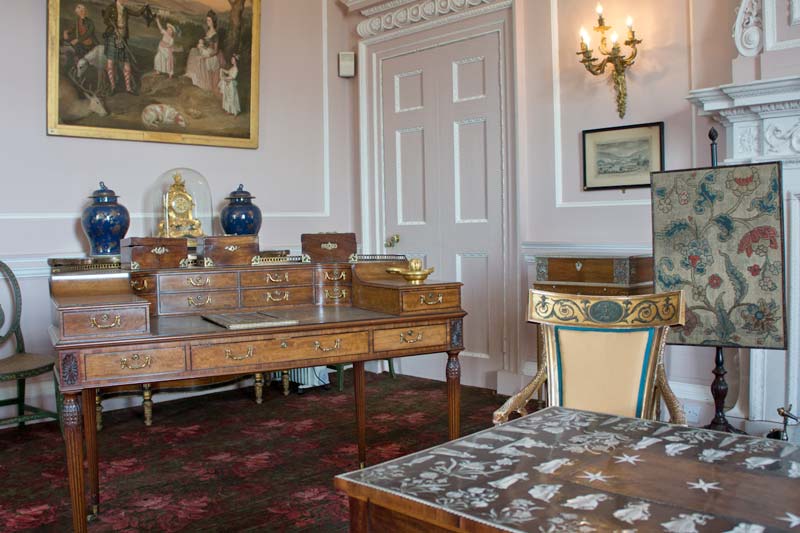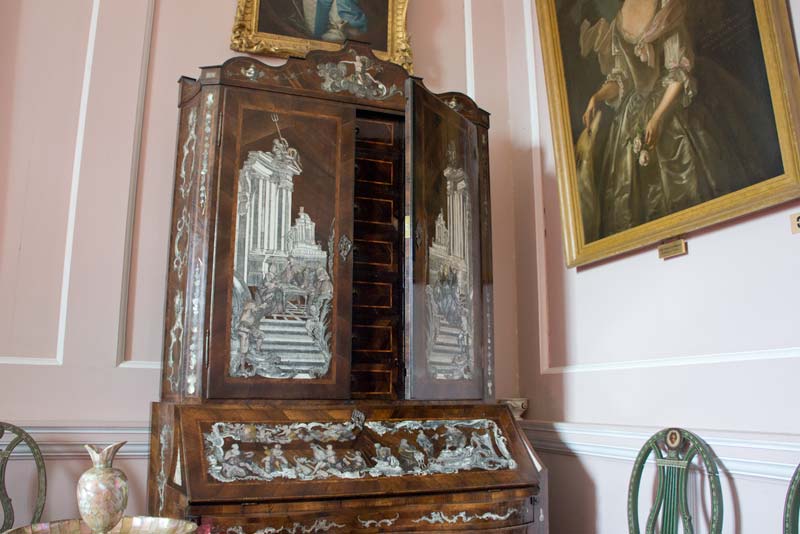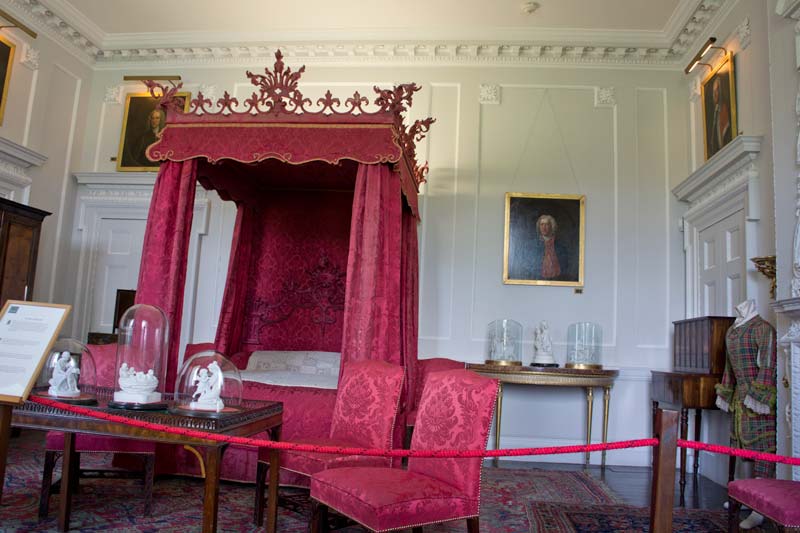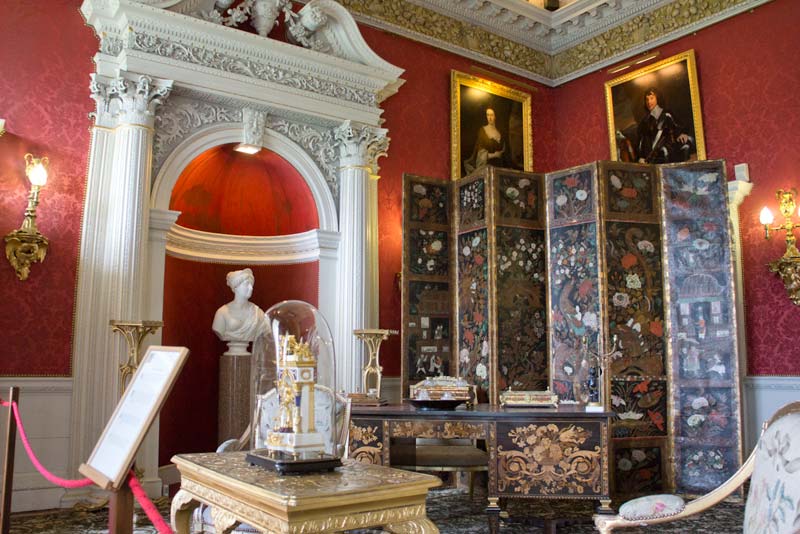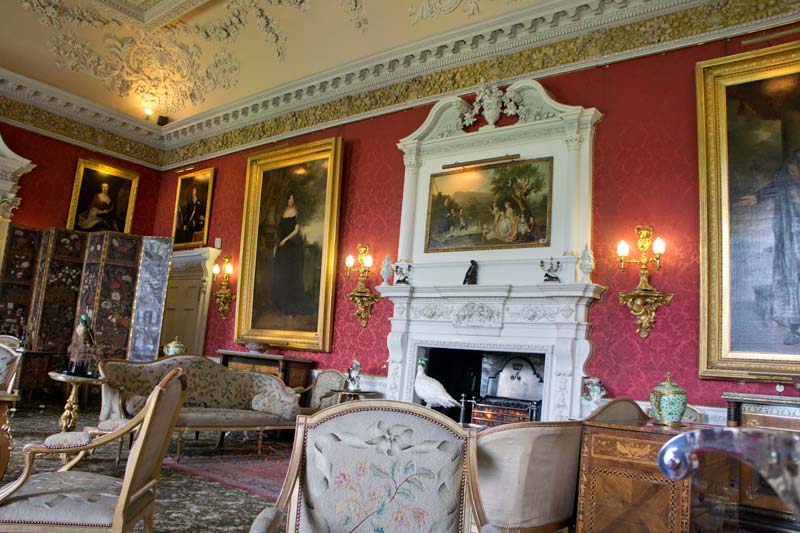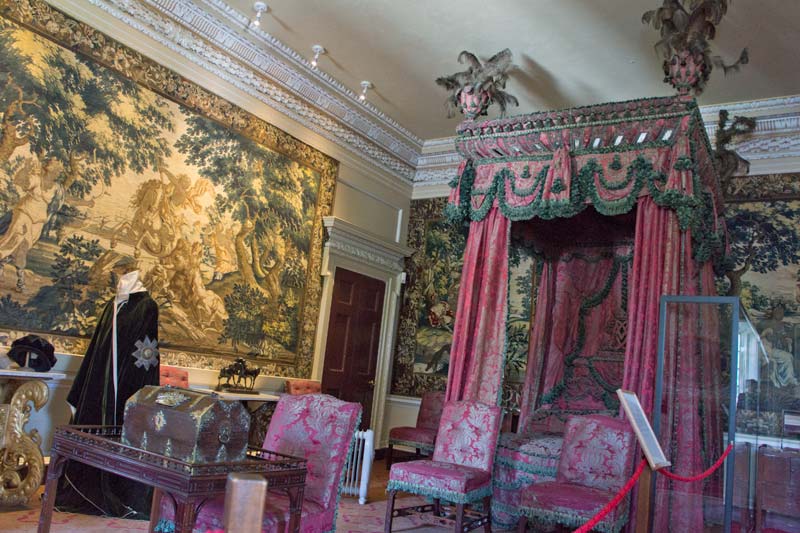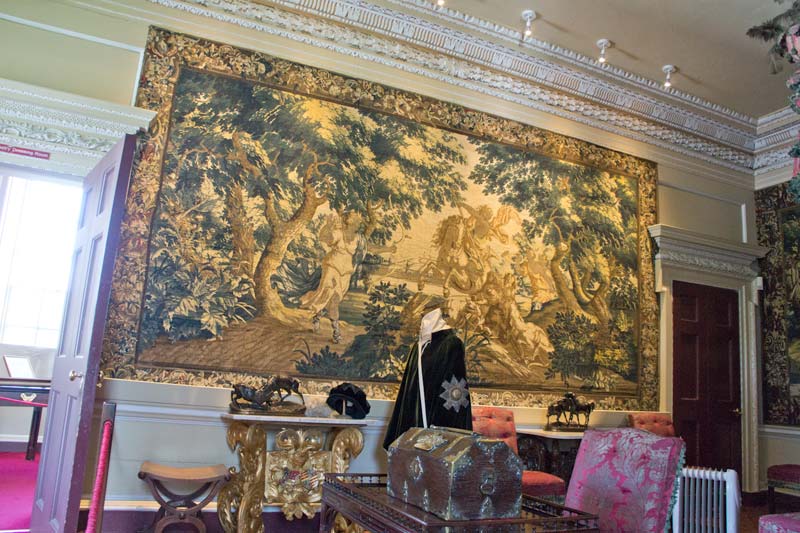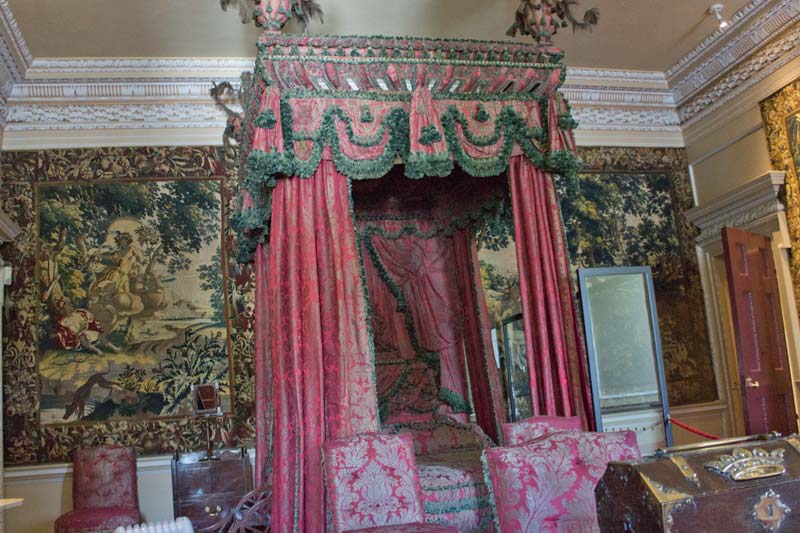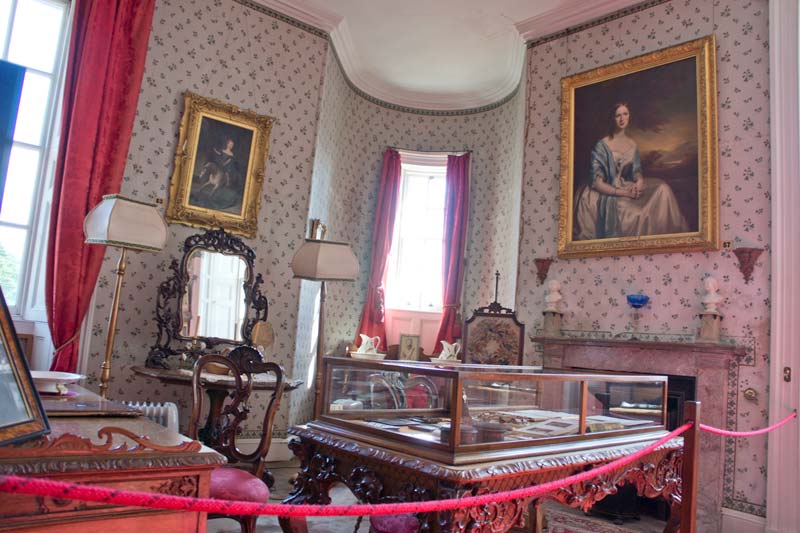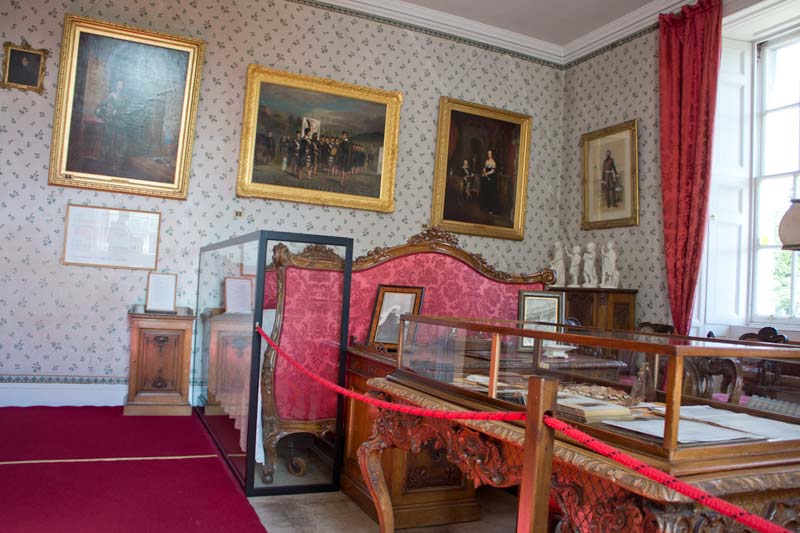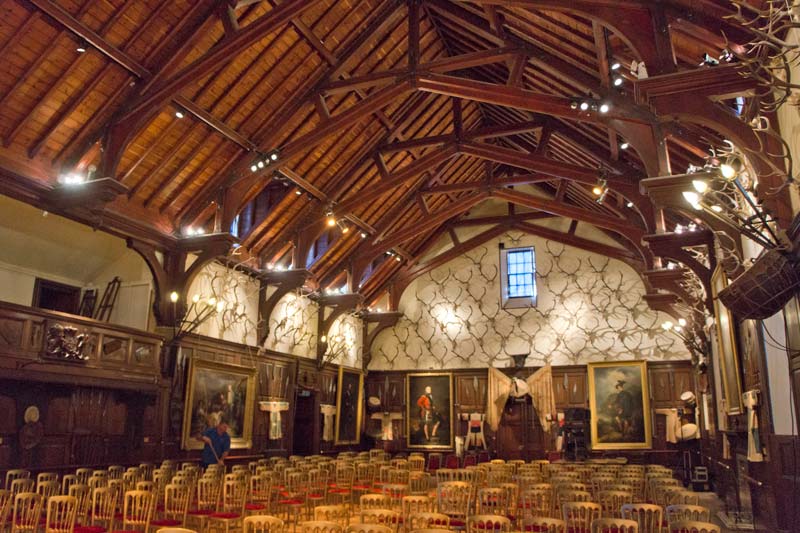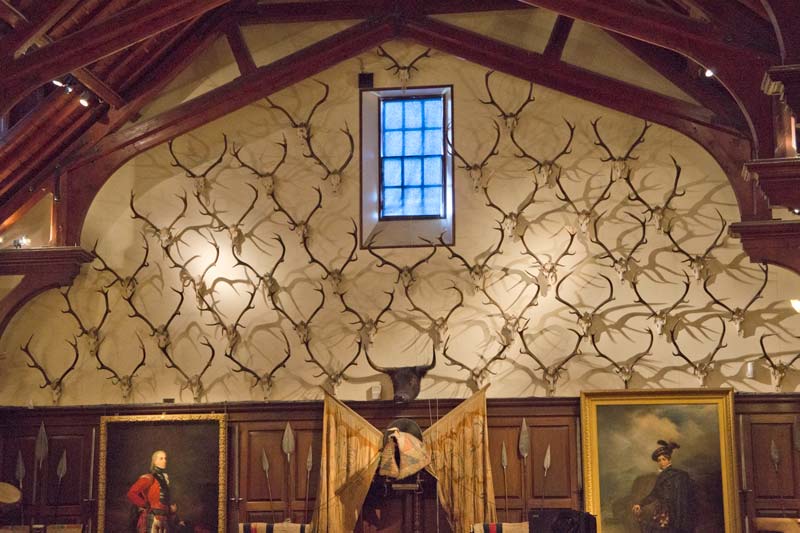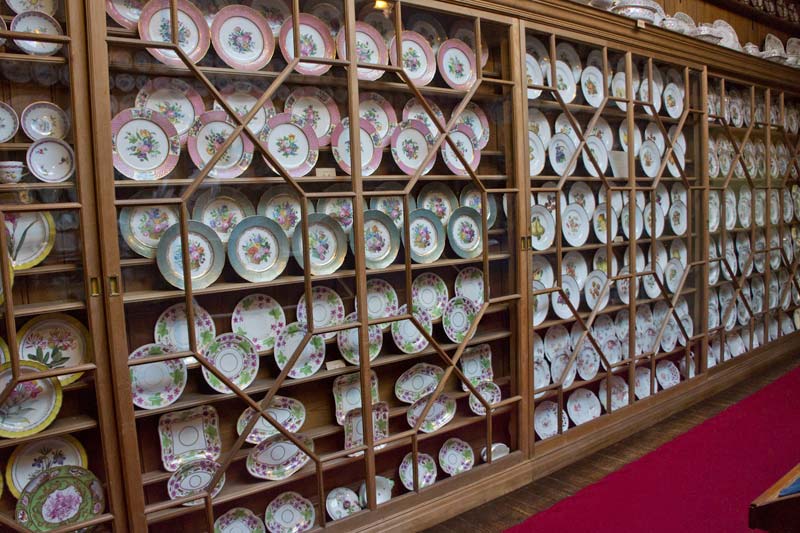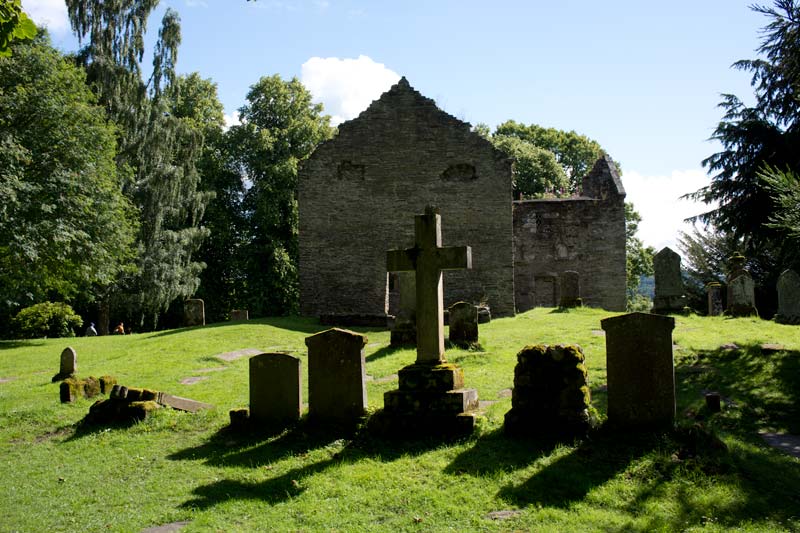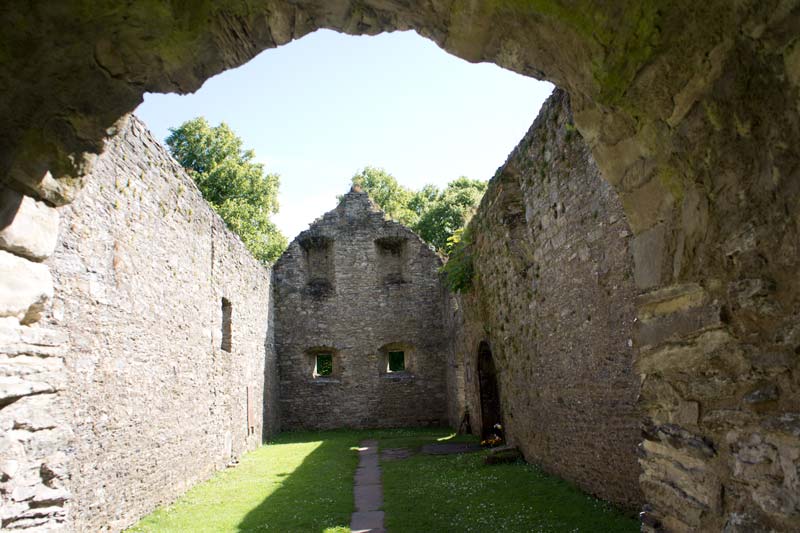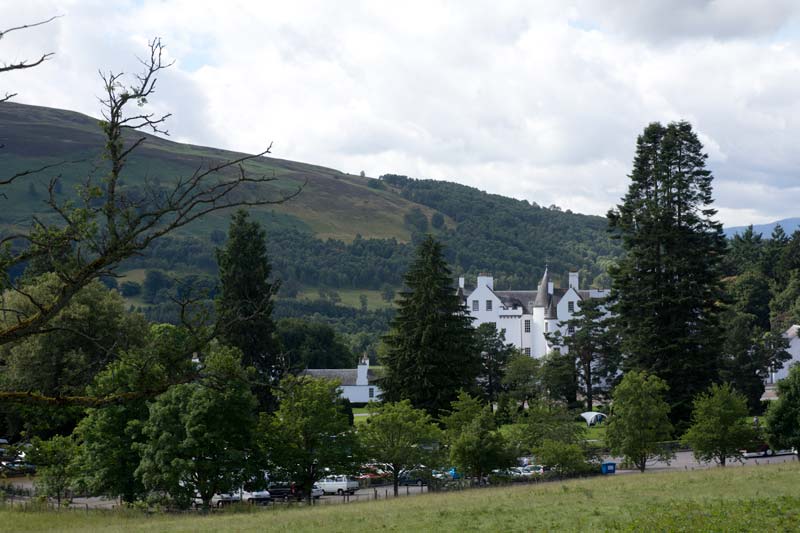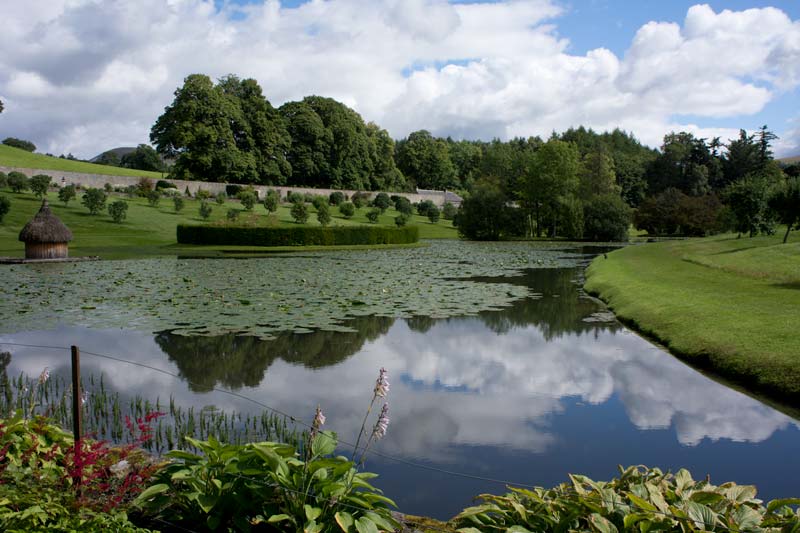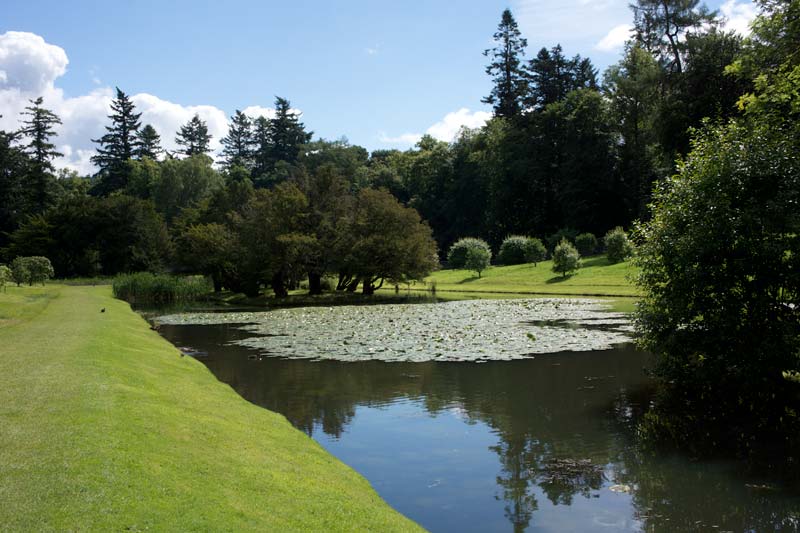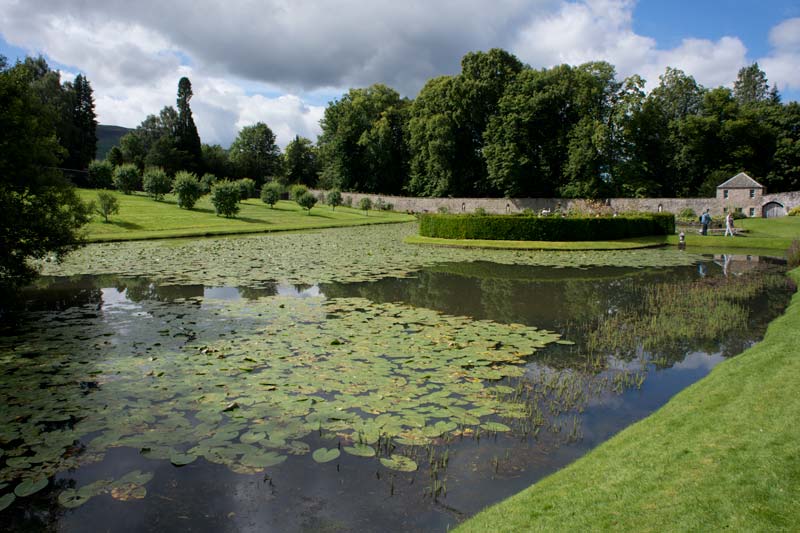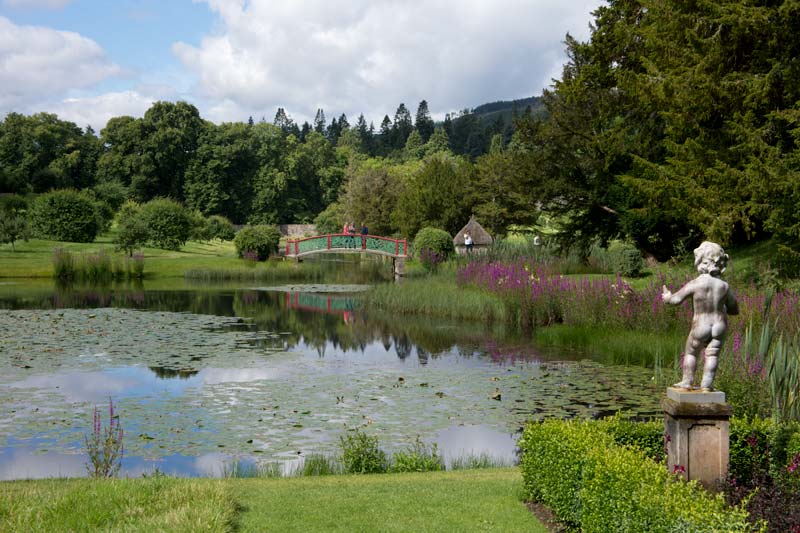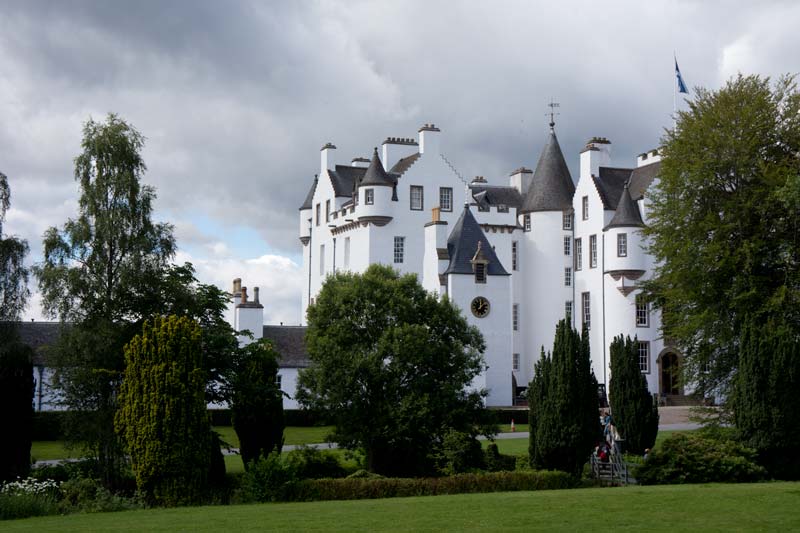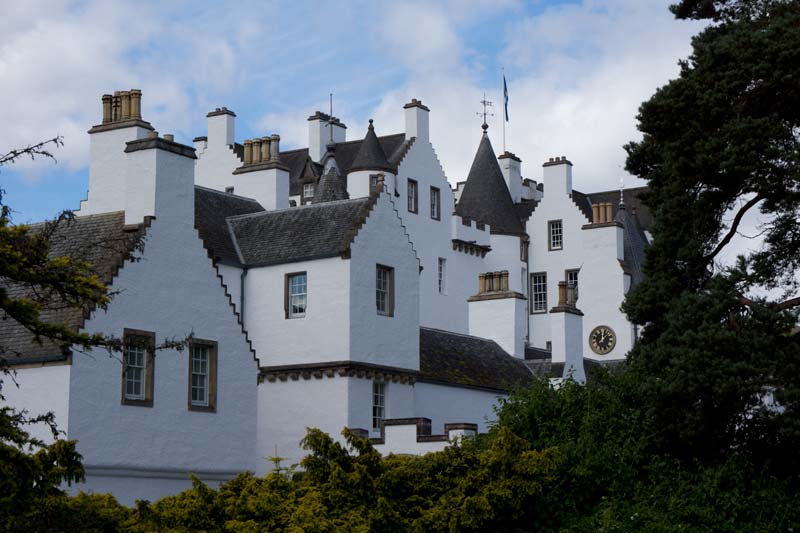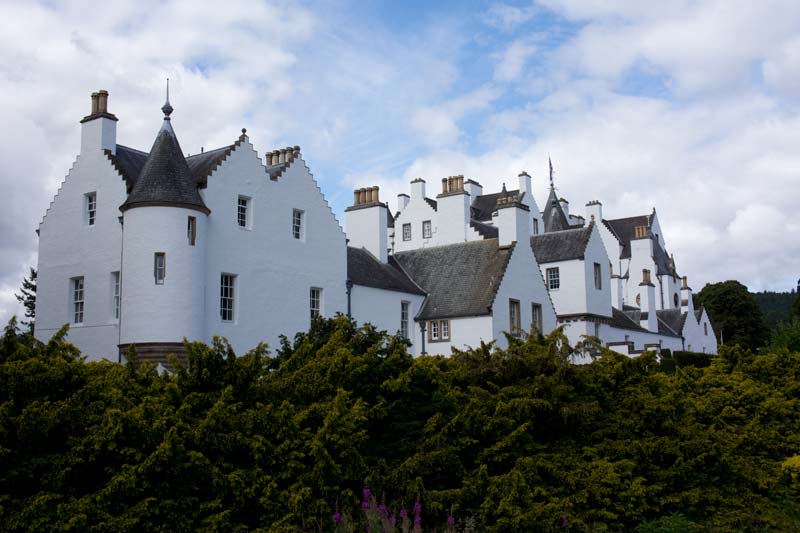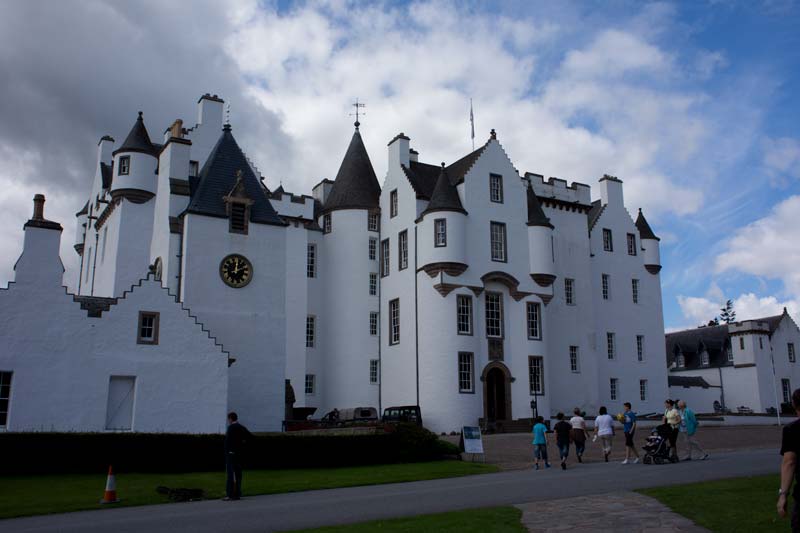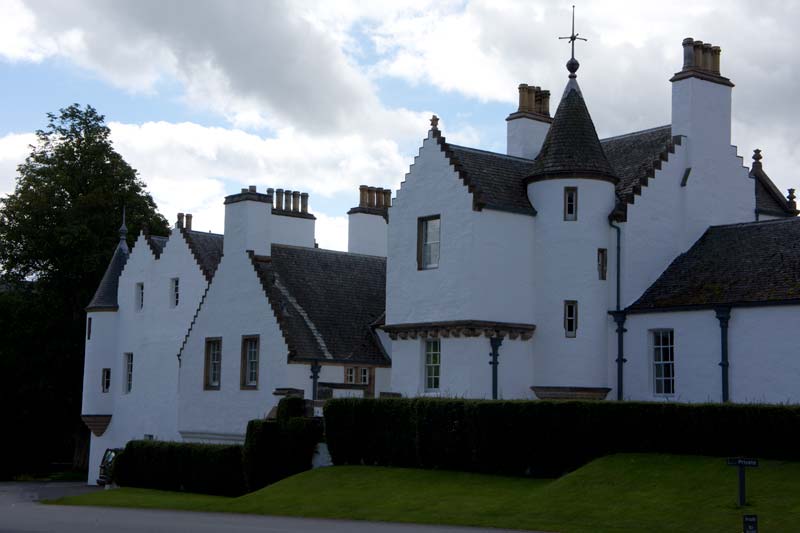Scottish castles: Blair Castle
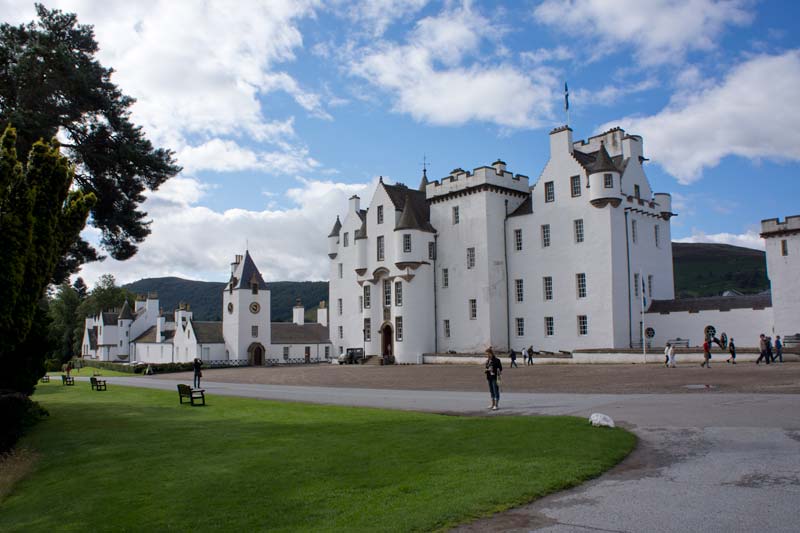
Blair Castle
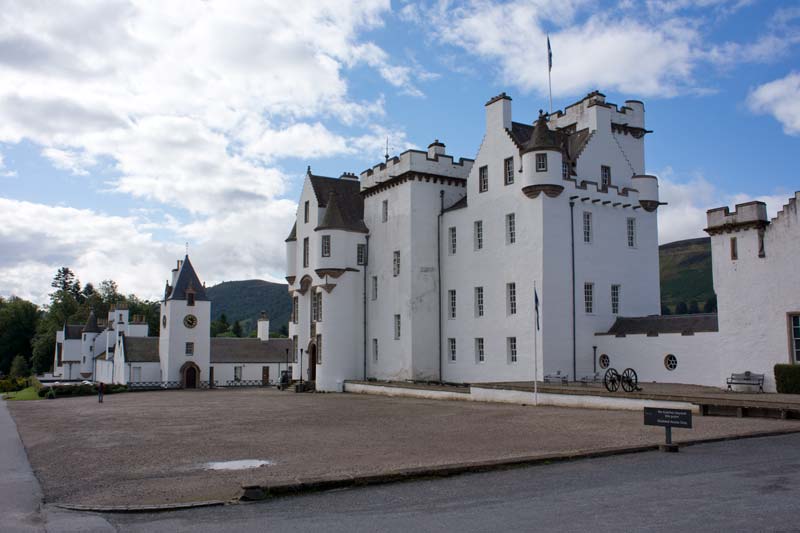
Le château de Blair est un château qui se trouve près du village de Blair Atholl dans le Perthshire en Écosse. Il a été construit au XIIIe siècle et a été remanié au fil des ans. Au XVIIIe siècle et à nouveau en 1872, la tour a été complètement remodelée.
Aujourd'hui le château de Blair n'a plus la même vocation que dans le passé. Auparavant le château avait été construit dans un endroit sauvage et dangereux, mais également stratégique. Les résidents de Blair d'Atholl étaient les gardiens de la région des Grampians et de la route du nord vers Inverness.
De nos jours, le château n'a plus à défendre les couloirs de montagne. Cependant elle est une résidence privée ouverte au public qui accueille un grand nombre de visiteurs. Il peut être visité pendant l'été.
C'est George Murray (10e duc d'Atholl) qui confia le château à un trust en 1995 afin que le bâtiment et son contenu puissent être préservés et que les terres continuent à être bien utilisées.
C'est la résidence officielle du clan Murray, bien que l'actuel chef du clan John Murray (11e duc d'Atholl) qui est né en 1929, vive en Afrique du Sud. Tous les ans, au mois de mai, le chef de clan vient séjourner au château à l'occasion du défilé des Atholl Highlanders qui est son armée privée.
L'histoire du château et celle de la famille sont intimement liées. Les portraits de famille illustrés par des arbres généalogiques, des collections d'armures et de porcelaine intéressantes, des souvenirs historiques jacobites retracent leur histoire. (wikipedia)
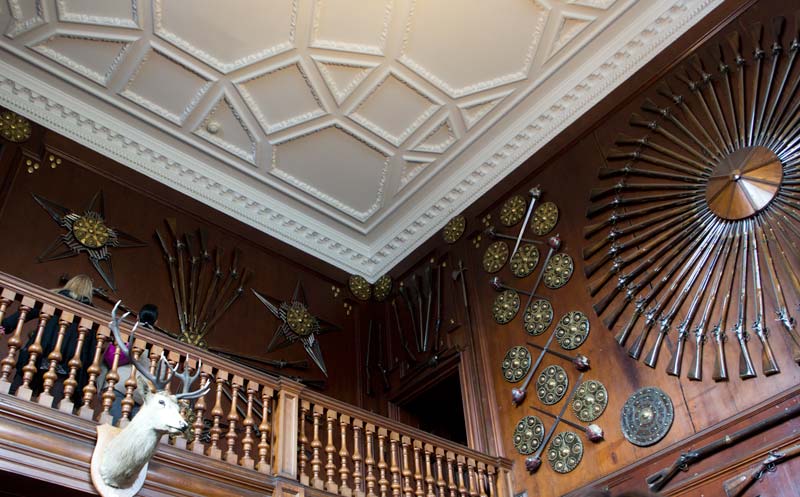
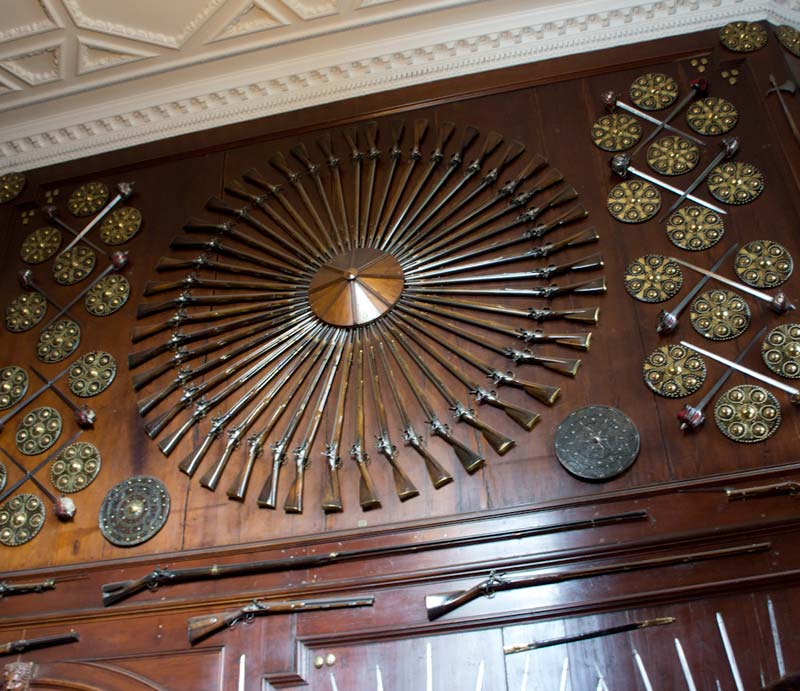
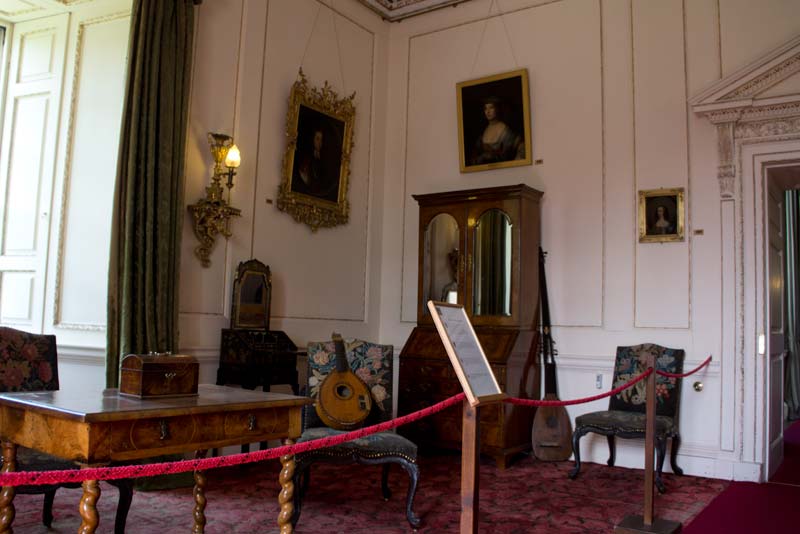
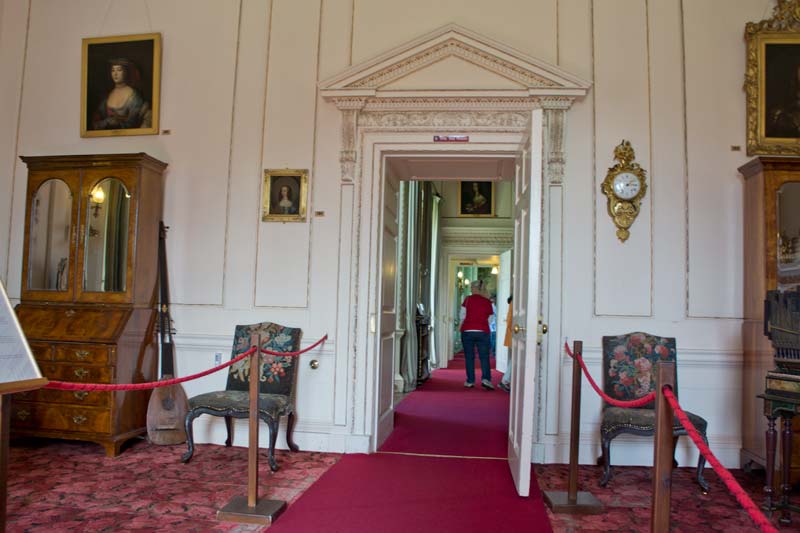
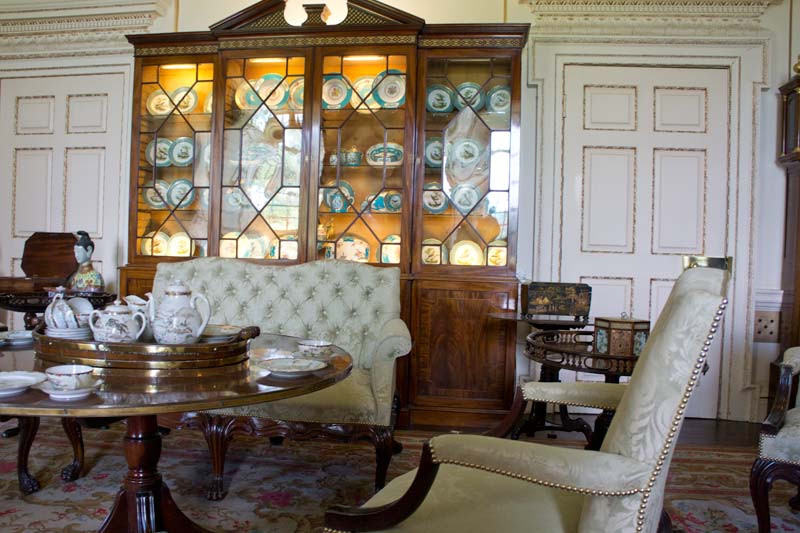
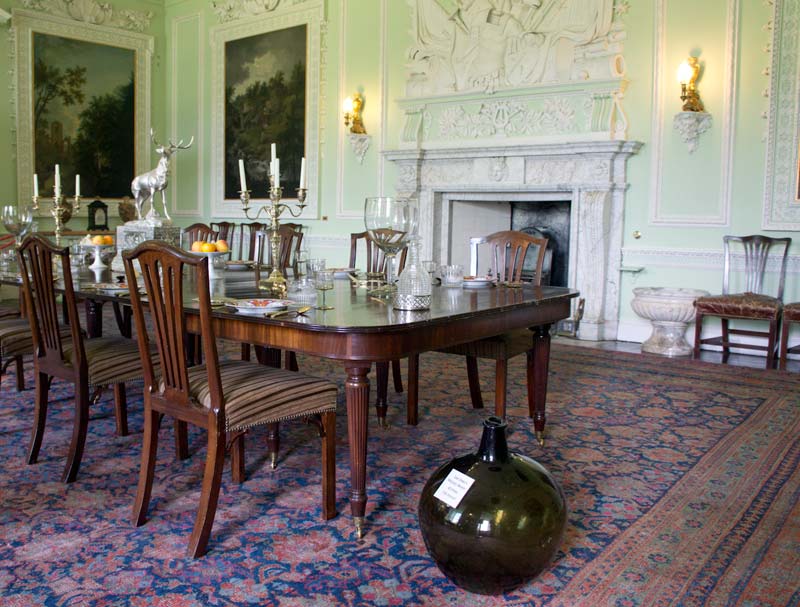
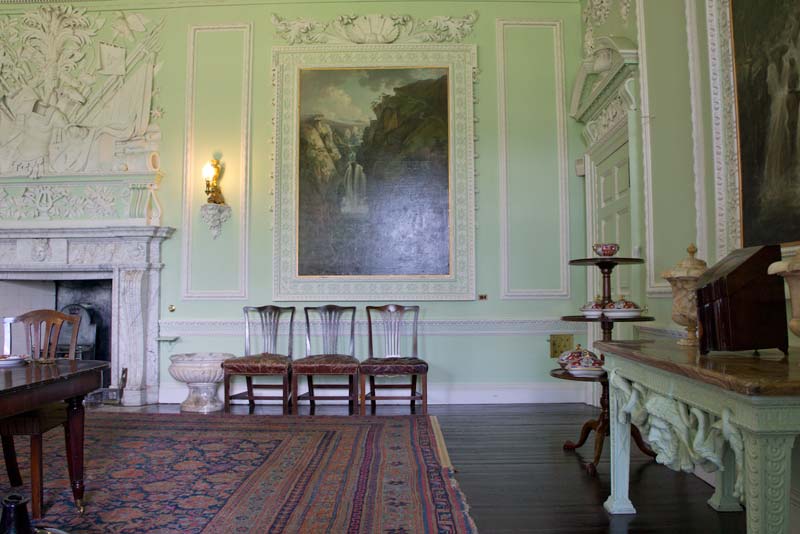
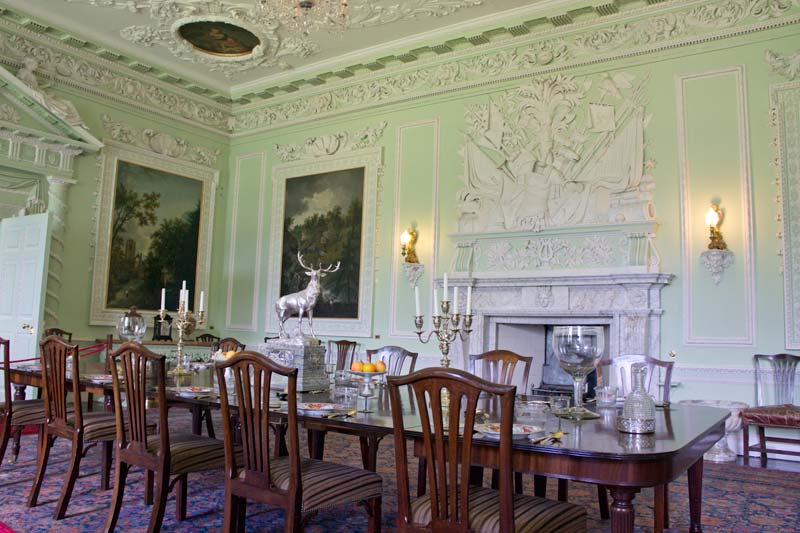
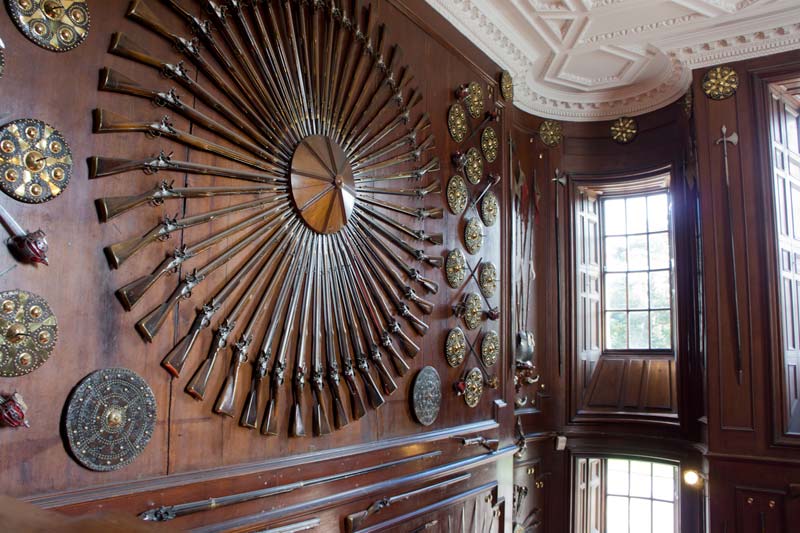
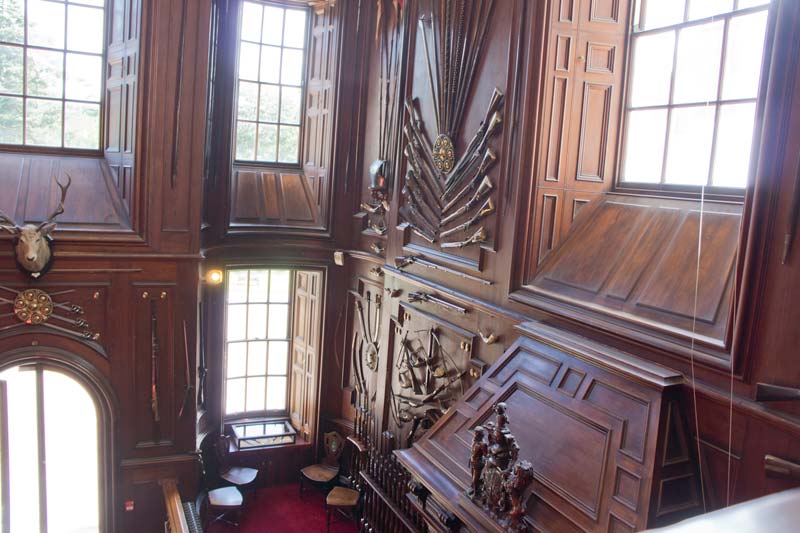
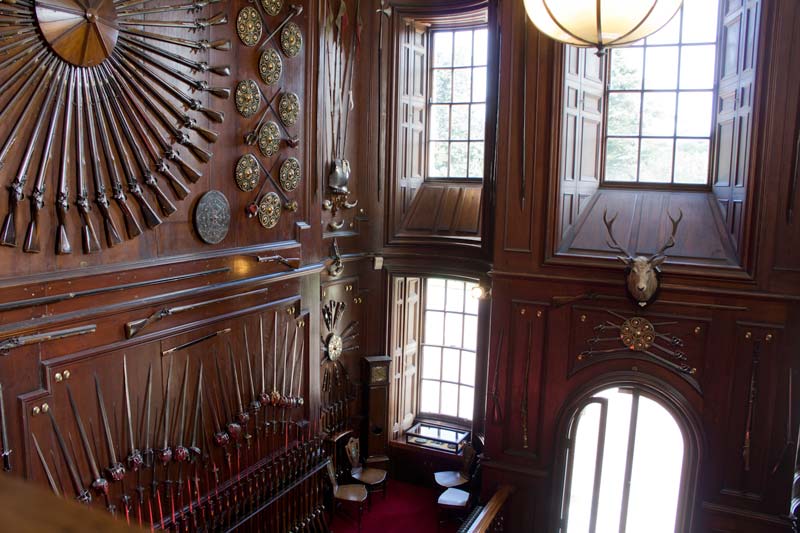
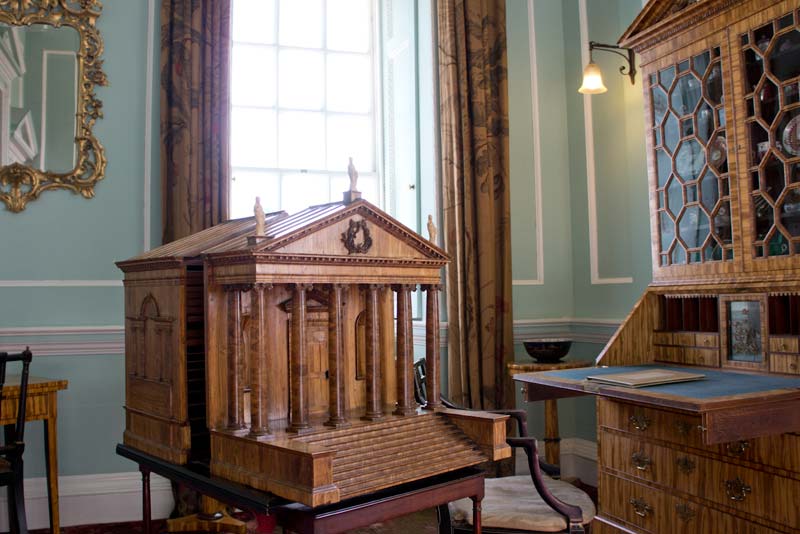
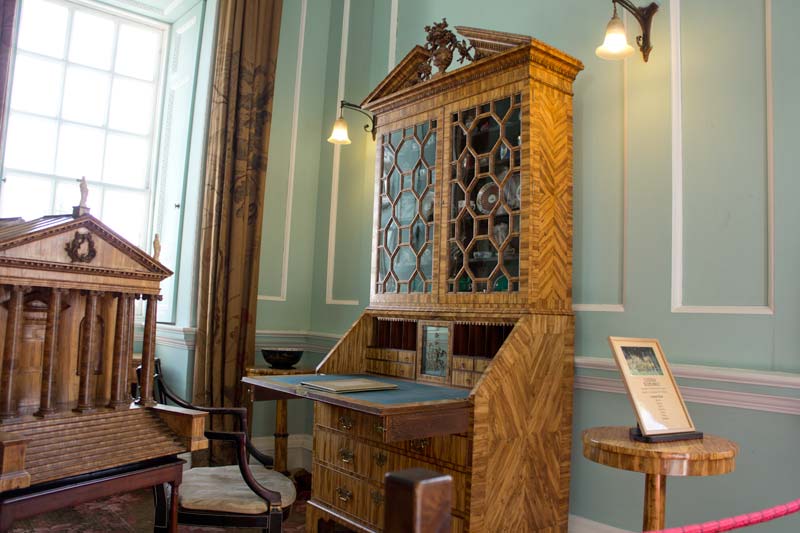
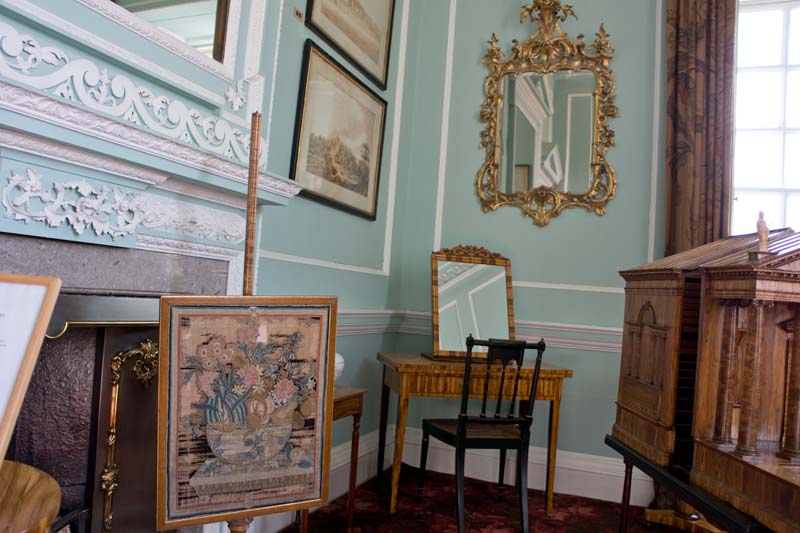
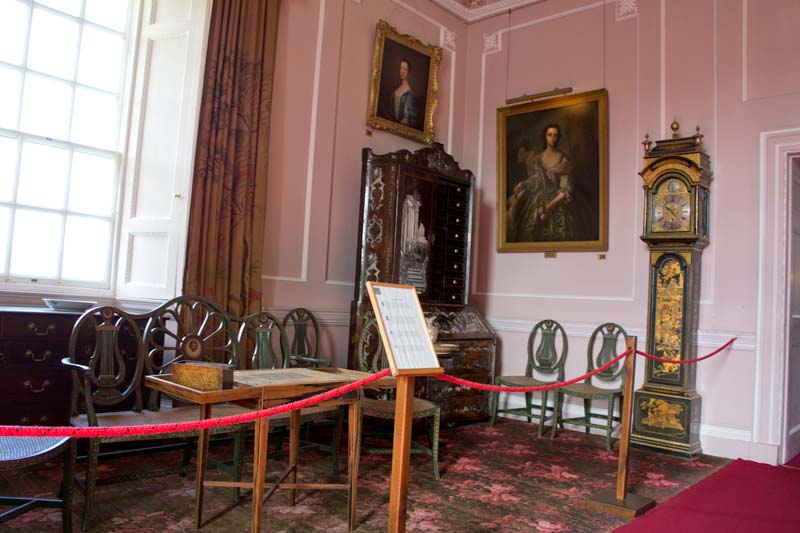
Blair Castle stands in its grounds near the village of Blair Atholl in Perthshire in Scotland. It is the ancestral home of the Clan Murray, and was historically the seat of their chief, the Duke of Atholl, though the current (12th) Duke, Bruce Murray, lives in South Africa. The castle stands in Glen Garry, and commands a strategic position on the main route (now the A9 road) through the central Scottish Highlands.
The castle is a category A listed building, and the grounds are included in the Inventory of Gardens and Designed Landscapes in Scotland, the national listing of significant gardens.
History
Blair Castle is said to have been started in 1269 by John I Comyn, Lord of Badenoch (died c. 1275), a northern neighbour of David I Strathbogie, Earl of Atholl (died 1270), who started building on the Earl's land while he was away on crusade. Upon his return, the Earl complained about the interloper to King Alexander III, won back his land and incorporated the tower that had been built into his own castle. David II Strathbogie, Earl of Atholl (died 1326), forfeited the titles and estates after rebelling against Robert the Bruce in 1322. The earldom was granted to a number of individuals until 1457 when James II granted it to his half-brother John Stewart (1440-1512). John Murray, son of the second Earl of Tullibardine, was created Earl of Atholl in 1629, and the title has since remained in the Murray family.
During the Wars of the Three Kingdoms of the 17th century, the Murrays supported the Royalist cause, which led to Blair Castle being taken by Oliver Cromwell's army following his invasion of 1650. The restored Charles II created the title Marquess of Atholl for John Murray, 2nd Earl of Atholl (1631-1703).[3] The title Duke of Atholl was granted to the 2nd Marquess in 1703.
When Viscount Dundee launched the first Jacobite Uprising in April 1689, Atholl decided to remain loyal to the Government (although two of his sons joined the Jacobites). Atholl's factor, Patrick Stewart of Ballechin, held Blair Castle for King James, and Dundee visited in May. In July Ballechin refused entry to Atholl's whiggish son and heir, Lord John Murray. Murray laid siege to the castle, and General Mackay was approaching to join him and to seize it for the Williamites. Viscount Dundee relived the castle, and the crucial Battle of Killiecrankie was fought because Dundee did not want to retreat and surrender the castle to Mackay. Dundee and his officers and clan chiefs held a Council of War at the castle on the eve of the battle, on 26 July. The next day, the Jacobites won the battle but Dundee was killed.
After the battle, Blair Castle remained in Jacobite hands for some time. It continued to play an important role: for example, the Jacobite Highland chiefs swore a bond there together in August, to continue the rising.
In the Forty-Five, Blair Castle was occupied twice by Prince Charles Edward Stuart and his Jacobite army: in early September 1745, for several days, and then in early February 1746, again for several days. However, the Jacobites then unwisely abandoned it and Government forces, including Lowland Clan Agnew then occupied it. They held Blair Castle against the Jacobites, who laid siege to the castle during the last stages of the rising, in March 1746. They were besieged to near starvation until the Jacobite forces withdrew to fight the British Government forces at the Battle of Culloden.
In 1844 Queen Victoria and her consort, Prince Albert visited and stayed at Blair Castle. It was after this she gave permission to establish the Atholl Highlanders.
Before his death in 1996, George Murray, 10th Duke of Atholl, placed Blair Castle and most of his estates in a charitable trust, shielding them from inheritance taxes and leaving them under Scottish control, as his heir John Murray, the 11th Duke had indicated he had no desire to leave his native South Africa.
On the night of 10 March 2011 a fire broke out at the clock tower of castle (not part of the medieval fabric), causing the tower's roof and second floor to collapse into the first floor. The clock tower was restored in 2012, with restoration work on the clock mechanisms performed by Smith of Derby Group.
